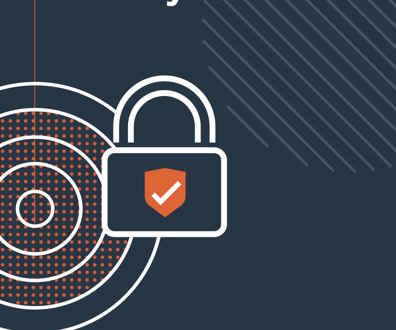
LPETTET/Getty Images
AI tools helped Treasury recover billions in fraud and improper payments
Risk screening, check fraud detection and more have helped the government recover more than $4 billion, Treasury announced.
The payment integrity arm of the Treasury Department says that new AI-powered tools are helping it spot fraudsters and bad actors before they access government money.
Treasury prevented and recovered over $4 billion in fraudulent and improper payments in fiscal 2024 in part due to those tools, it announced Thursday, up from $652.7 million the year prior, a number the department has confirmed includes $154.9 million in prevented improper payments and $346.2 in recovered ones.
Specifically, the department’s Office of Payment Integrity houses tools open to other federal agencies and federally-funded programs administered by states, and it’s using machine learning to examine large amounts of data and flag potential fraudulent schemes, a Treasury spokesperson told Nextgov/FCW.
Advances in the use of machine learning to catch check fraud have resulted in $1 billion in recovery, the department says.
Treasury says that its “risk-based screening” prevented $500 million in bad payments, and that “identifying and prioritizing high-risk transactions” stopped $2.5 billion. Finally, “efficiencies in payment processing schedule” yielded $180 million in prevention.
The department can’t give more details or specific examples due to “the nature of the schemes,” the spokesperson said.
“We’ve made significant progress during the past year,” Treasury Deputy Secretary Wally Adeyemo said in a statement. “We will continue to partner with others in the federal government to equip them with the necessary tools, data, and expertise they need to stop improper payments and fraud.”
The department has also expanded the reach of its services by finding new users, it says.
Among the office’s offerings is the Do Not Pay service, which lets agencies cross-check multiple data sources to verify eligibility before issuing payments to a vendor, grantee, loan recipient or person receiving benefits.
Earlier this year, the Labor Department announced with the Treasury that state unemployment agencies would have streamlined access to the system. The jobless aid system saw an uptick in fraudsters submitting applications during the pandemic, often by using identity theft to try to get benefits.
Do Not Pay’s data includes the Social Security Administration’s Death Master File, which the Treasury got access to on a pilot basis late last year after Congress included it in an appropriations law.
The appropriately-named SSA database houses information about deceased individuals so that agencies can cross check outgoing payments to make sure that the government doesn’t send them to dead people, as the IRS did during the coronavirus pandemic.
The $4 billion-plus number being touted by the Treasury includes both fraud and improper payments.
While fraud includes willful misrepresentation, improper payments include those that shouldn’t have been made or were made in the wrong amount. That can be the fault of the government, as opposed to the person receiving a payment or benefit.
The Treasury is the “government's central disbursing agency,” it says, so it is “uniquely positioned to support federal programs proactively mitigate the risk of financial fraud by leveraging data and emerging technologies.”
The department disburses over 1.4 billion payments accounting for more than $6.9 trillion to over 100 million people annually.







